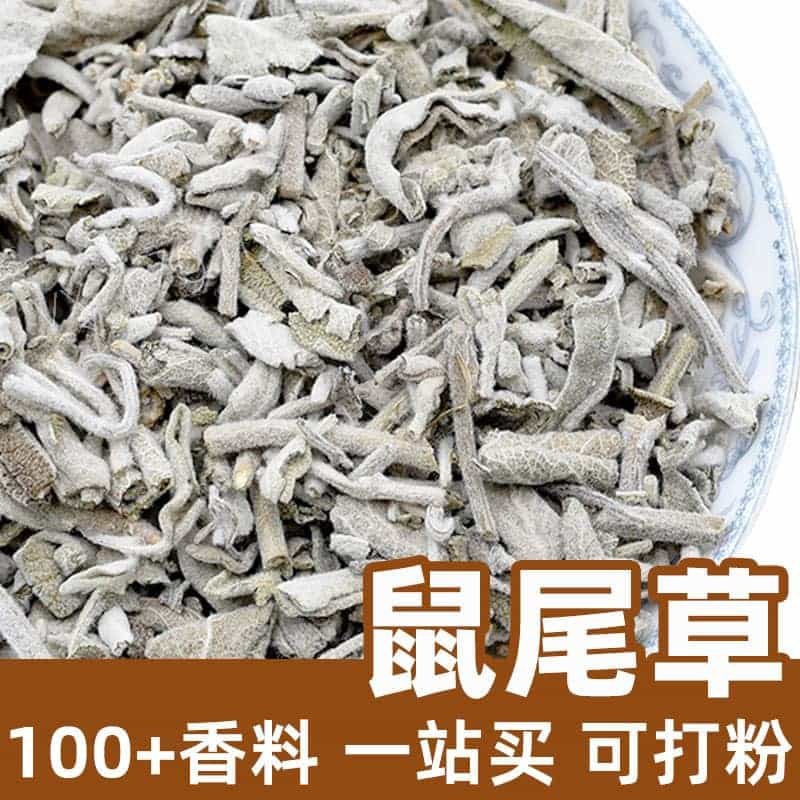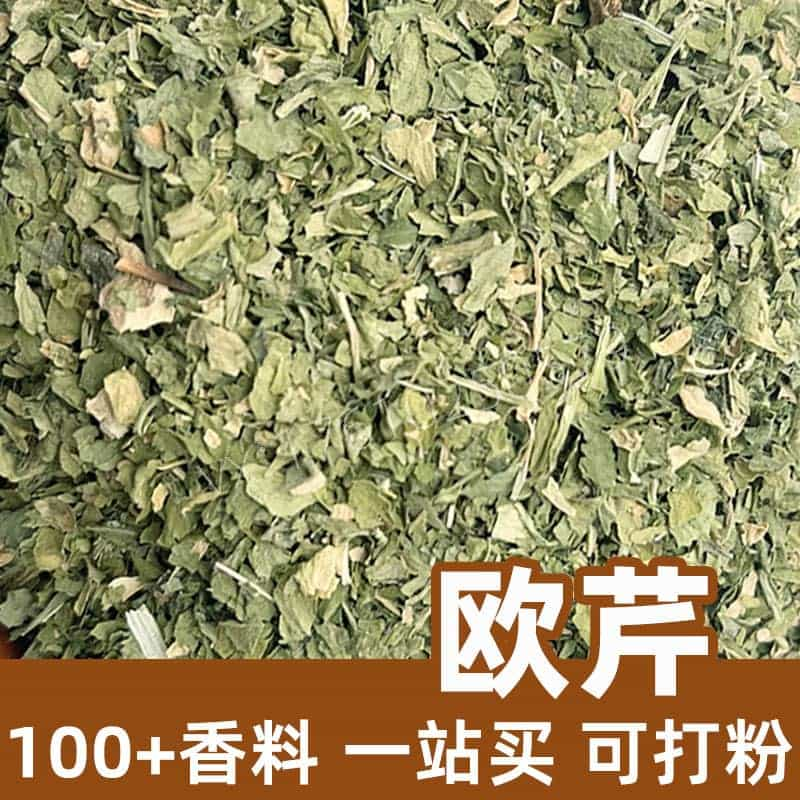Product Introduction
Alpinia henryi, commonly known as the fragrant ginger, is a unique spice hailed for its aromatic properties and culinary applications. Originating mainly from the tropical climates of Southeast Asia, particularly in mountainous areas of China and Vietnam, this spice is known for its distinct taste that blends the flavors of ginger and cardamom, making it a sought-after ingredient among chefs and home cooks alike.
The spice is derived from the rhizomes of the Alpinia henryi plant, which belongs to the Zingiberaceae family, not only known for its culinary uses but also its applications in traditional medicine. With a warm, peppery aroma, Alpinia henryi plays a crucial role in enhancing the flavor profiles of various dishes. The plant grows best in humid, well-drained soils, often found in shaded areas of forests.
Beyond its culinary applications, Alpinia henryi is recognized for its potential health benefits. Its chemical composition includes various essential oils that are believed to possess anti-inflammatory and antioxidant properties, thus playing a role in traditional herbal remedies. As consumers seek out unique flavors with added health benefits, the popularity of Alpinia henryi continues to grow in culinary circles as well as in health food markets.
Incorporation of this spice in cooking not only enhances flavor but also adds depth to traditional dishes, making it a staple in Southeast Asian cuisines. From its origins to its applications, Alpinia henryi stands as a vibrant example of the intersection between gastronomy and wellness.
Aromatic Chemical Composition
The aromatic profile of Alpinia henryi is complex and diverse, containing several notable aromatic chemical compounds:
- 1,8-Cineole: A compound responsible for its fresh, eucalyptus-like aroma. It is known for its potential medicinal properties, particularly as an anti-inflammatory agent.
- Camphor: This terpene gives Alpinia henryi its characteristic sharp, pungent scent and is associated with various therapeutic effects.
- Terpenoids: Including components like β-pinene and limonene, which contribute citrusy notes and have various health benefits.
- Flavonoids: Present as natural antioxidants, these compounds are essential for their capacity to combat oxidative stress.
- Phenolic Compounds: These contribute to the spice's flavor intensity and have been associated with anti-inflammatory properties.
What Types of Products Are Available?
Alpinia henryi is available in several forms:
- Dried Rhizomes: Ground into a powder for seasoning.
- Essential Oil: Extracted for culinary and medicinal uses.
- Herbal Teas: Infused for flavor and health benefits.
- Culinary Spice Blends: Incorporated in various spice mixes designed for Southeast Asian cuisine.
Application Scenarios and Usage Dosage
Alpinia henryi is primarily used in culinary applications, with its distinctive flavor profile serving as an enhancement to many traditional dishes. Here are some specific applications:
Culinary Uses
- Soups and Stews:
Alpinia henryi can be used whole or sliced in soups to add a pungent aromatic quality. The typical dosage is about 1-2 teaspoons of crushed rhizome per liter of soup. - Marinades:
The spice works remarkably well in marinades for meats and fish. It is often combined with soy sauce and other spices. A standard ratio could be 1 tablespoon of ground Alpinia henryi per cup of marinade. - Stir-frying:
When used in stir-fried dishes, it can be sautéed with garlic and shallots, adding a depth of flavor. A smaller dosage of 1 teaspoon of fresh or dried rhizome is recommended per serving. - Rice and Grain Dishes:
For rice or quinoa, adding a small piece of the rhizome during cooking will infuse a subtle flavor. Typically, one to two slices is sufficient for a pot of rice. - Desserts and Sweet Dishes:
In some Southeast Asian cultures, Alpinia henryi is used in sweet applications, such as in traditional cakes. A dosage of 1 teaspoon of powdered rhizome can provide a warm flavor to sweet dishes. - Beverages:
Ground Alpinia henryi can be brewed into teas or used in herbal cocktails. A common practice is using 1 teaspoon of the ground spice per cup of hot water for tea.
Health and Medicinal Uses
In addition to culinary applications, Alpinia henryi is believed to possess health benefits:
- Digestive Aid: Traditionally used to alleviate digestive problems, it is taken in small doses, typically 1-2 grams of dried rhizome.
- Anti-inflammatory Effects: The essential oils obtained can be used topically (in diluted form) for reducing swelling.
Incorporation Techniques
To maximize the flavor of Alpinia henryi, consider the following techniques:
- Infusion: Infuse the rhizome in oils or vinegars to create aromatic bases.
- Ground Form: The ground rhizome integrates seamlessly into spice mixtures and provides instant flavor.
- Quick Pairings: Pair it with other spices like lemongrass, turmeric, or ginger for a complex flavor palette that highlights its distinctive qualities.
By understanding the unique flavor profile and applications of Alpinia henryi, culinary enthusiasts and health-conscious consumers can effectively incorporate this spice into their cooking practices, enjoying both its taste and potential health benefits. The versatility of Alpinia henryi allows it to shine in both traditional and contemporary culinary settings.
Introduction to the Source Plant, Distribution, and Growing Environment
Alpinia henryi thrives in the humid climates of tropical and subtropical regions, typically found in areas that offer well-draining soil rich in organic matter. This perennial flowering plant often grows in the understory of forests, where it receives partial shade from taller trees. The plant requires consistent moisture and prefers slightly acidic to neutral soil pH for optimal growth.
Distribution
- Natural Habitat: Native to regions in Southern China, Vietnam, and parts of Thailand.
- Cultivation: Increasingly cultivated in agroforestry systems due to its economic value both as a spice and for medicinal properties.
Harvesting, Processing, and Storage Preservation
Harvesting
Alpinia henryi is typically harvested during the plant's dormancy, with care taken to uproot the rhizomes without damaging the root system. Harvesting usually occurs when the plant is about 1-2 years old, as this is when the rhizomes are mature and most flavorful.
Processing
Post-harvest, the rhizomes undergo cleaning to remove soil and debris, followed by drying to remove moisture, which is essential for preservation. They are then cut into slices or ground into powder, depending on their intended use.
Storage Preservation
To maintain the quality and aromatic properties of Alpinia henryi:
- Dried rhizomes should be stored in a dry, cool environment away from direct sunlight, ideally in airtight containers to minimize exposure to moisture and air.
- Ground powder has a shorter shelf life and should be used within a year to ensure retention of its flavor and medicinal qualities.
By understanding these processes, producers can ensure that Alpinia henryi maintains its health benefits and culinary potency, supporting its growing popularity in diverse culinary applications.
Monica Sun is a seasoned expert in the natural raw materials industry, with over a decade of experience specializing in traditional Chinese medicinal herbs, spices, and fungi. She is skilled in the sourcing, processing, and application of these materials, emphasizing sustainability and innovation. Monica Sun has contributed to the development of high-quality natural raw materials that serve as essential components in functional foods, pharmaceuticals, and cosmetics, delivering tailored solutions to meet diverse market needs.








.jpg)


.jpg)


